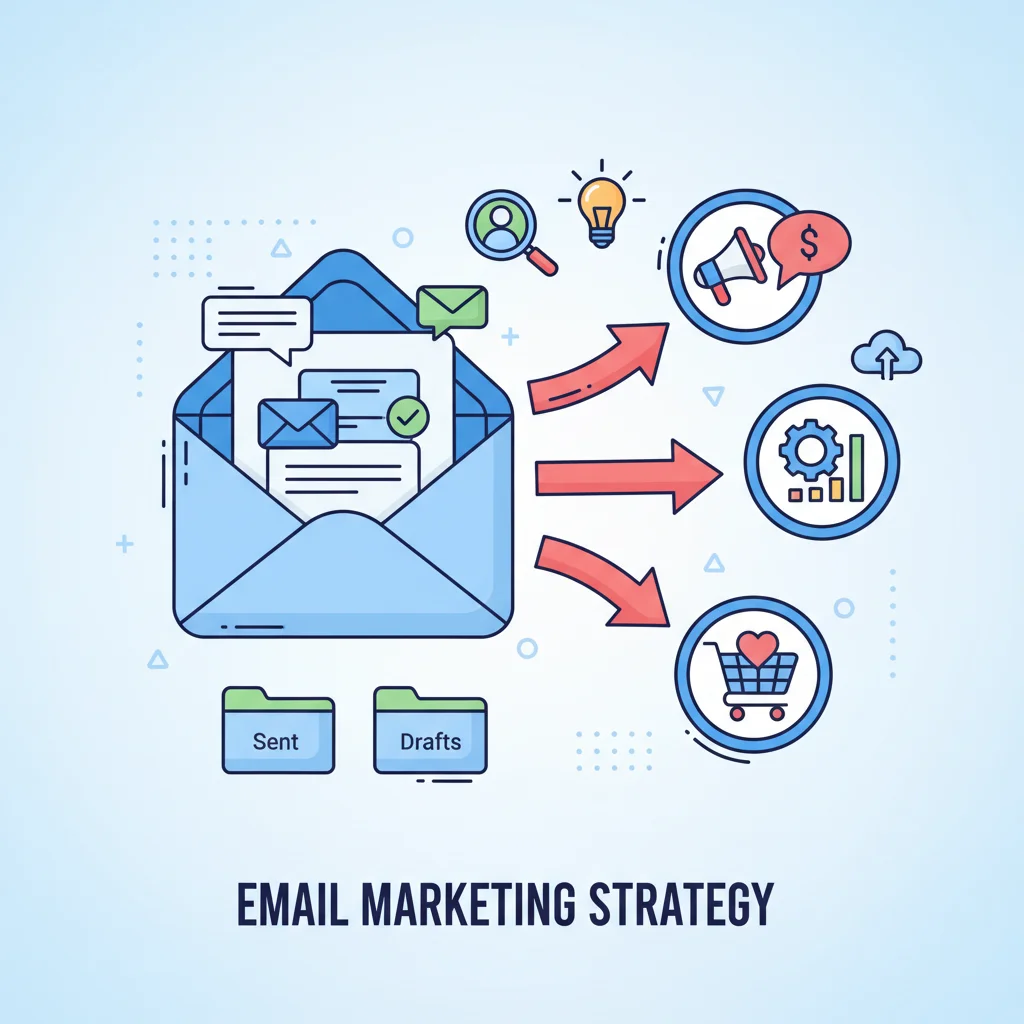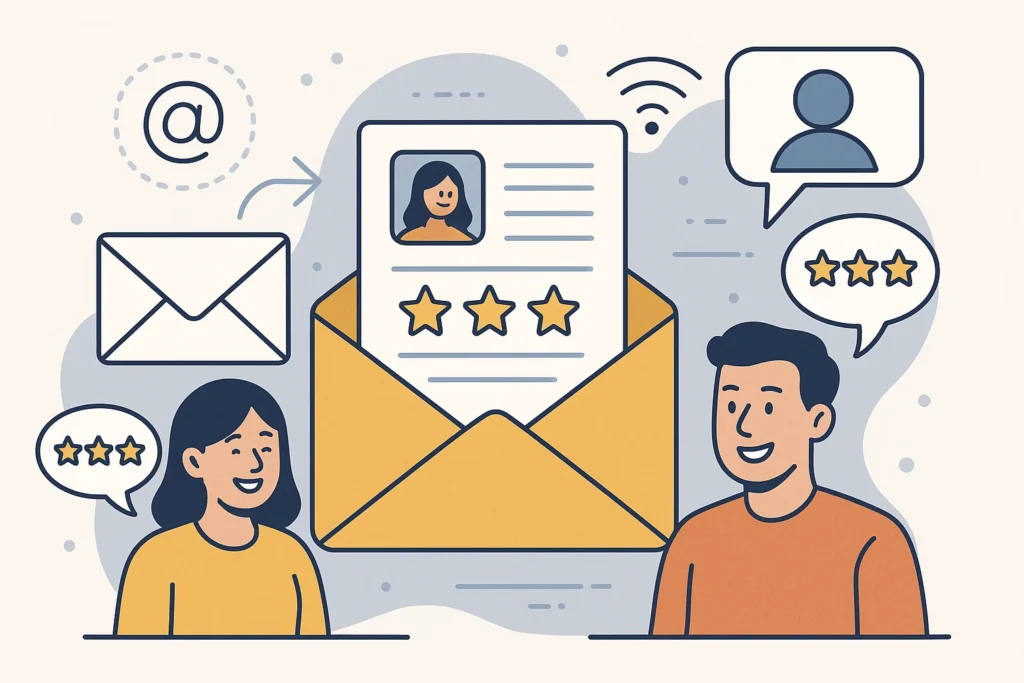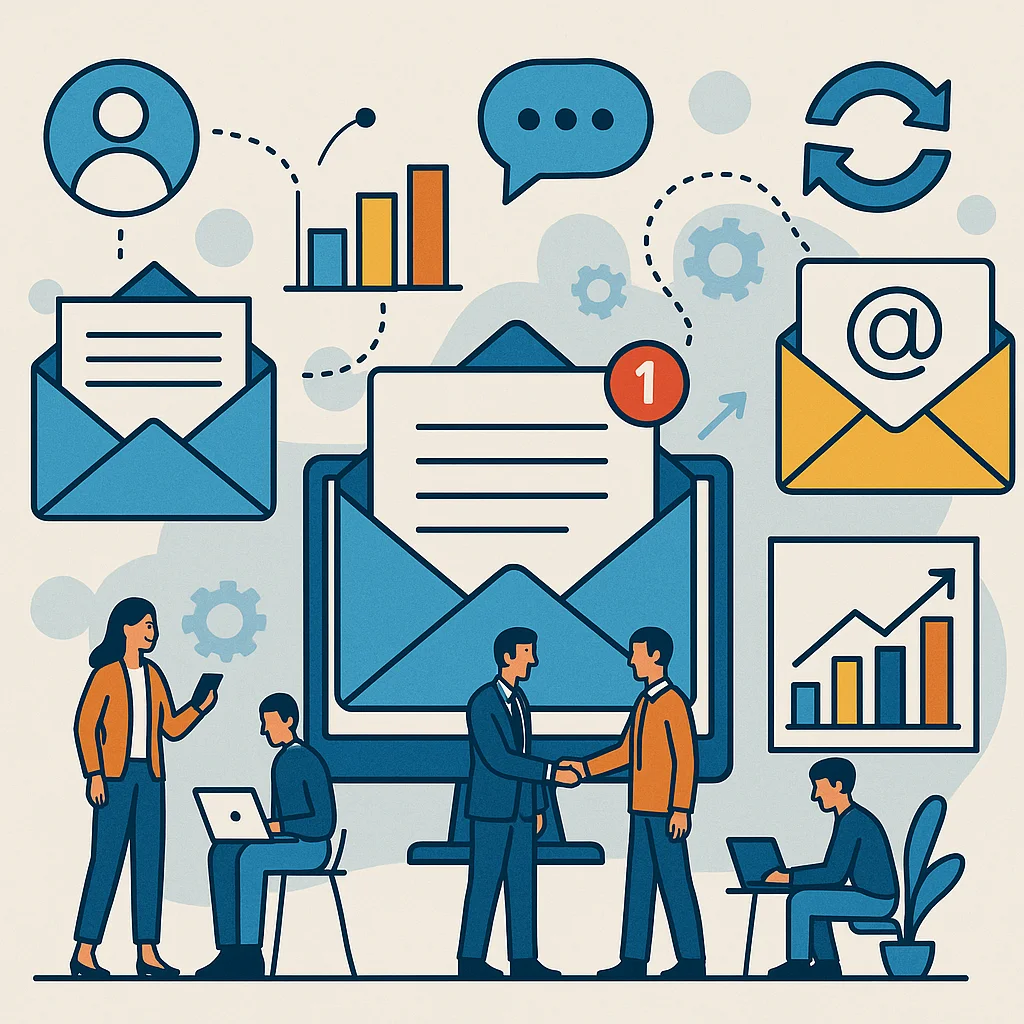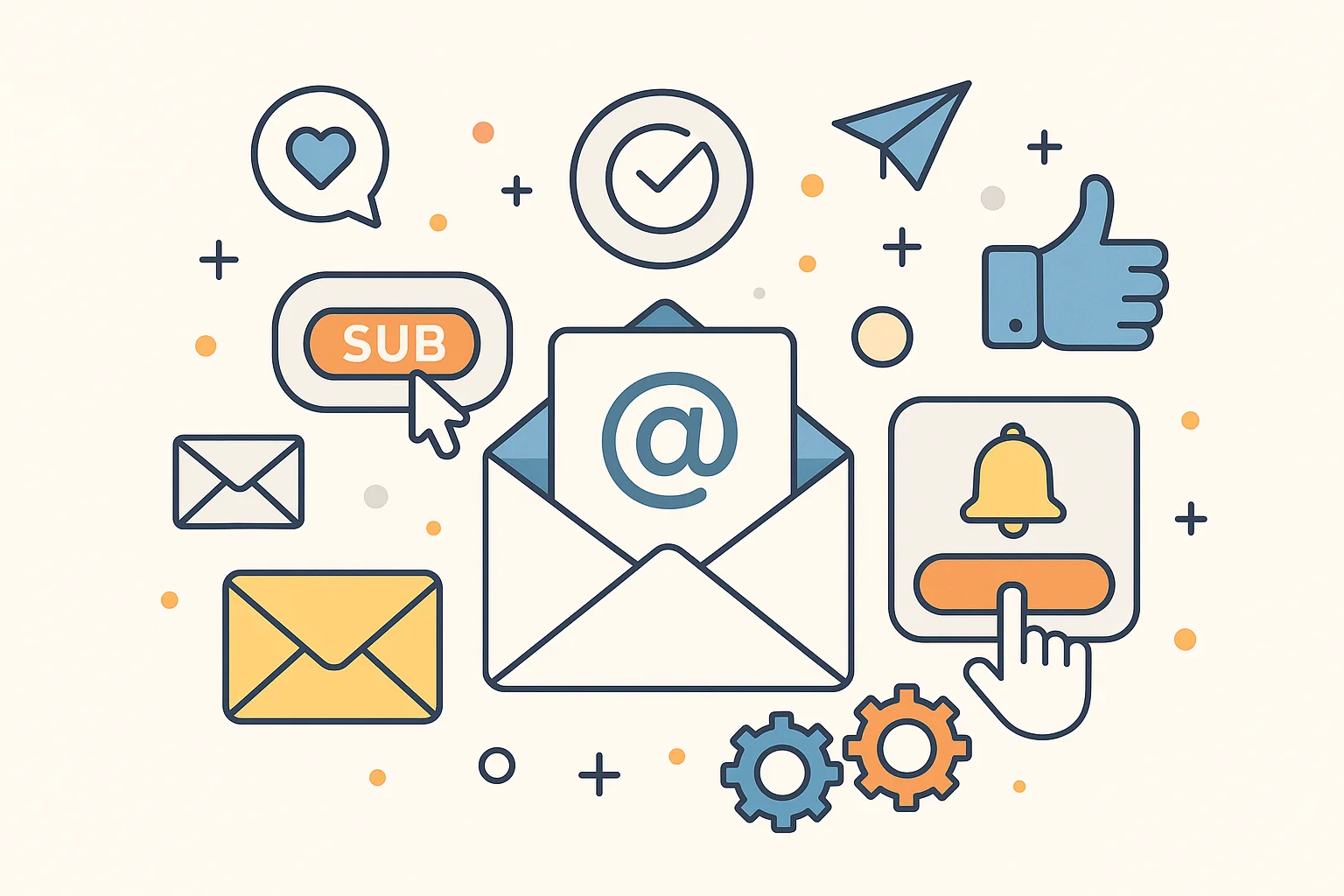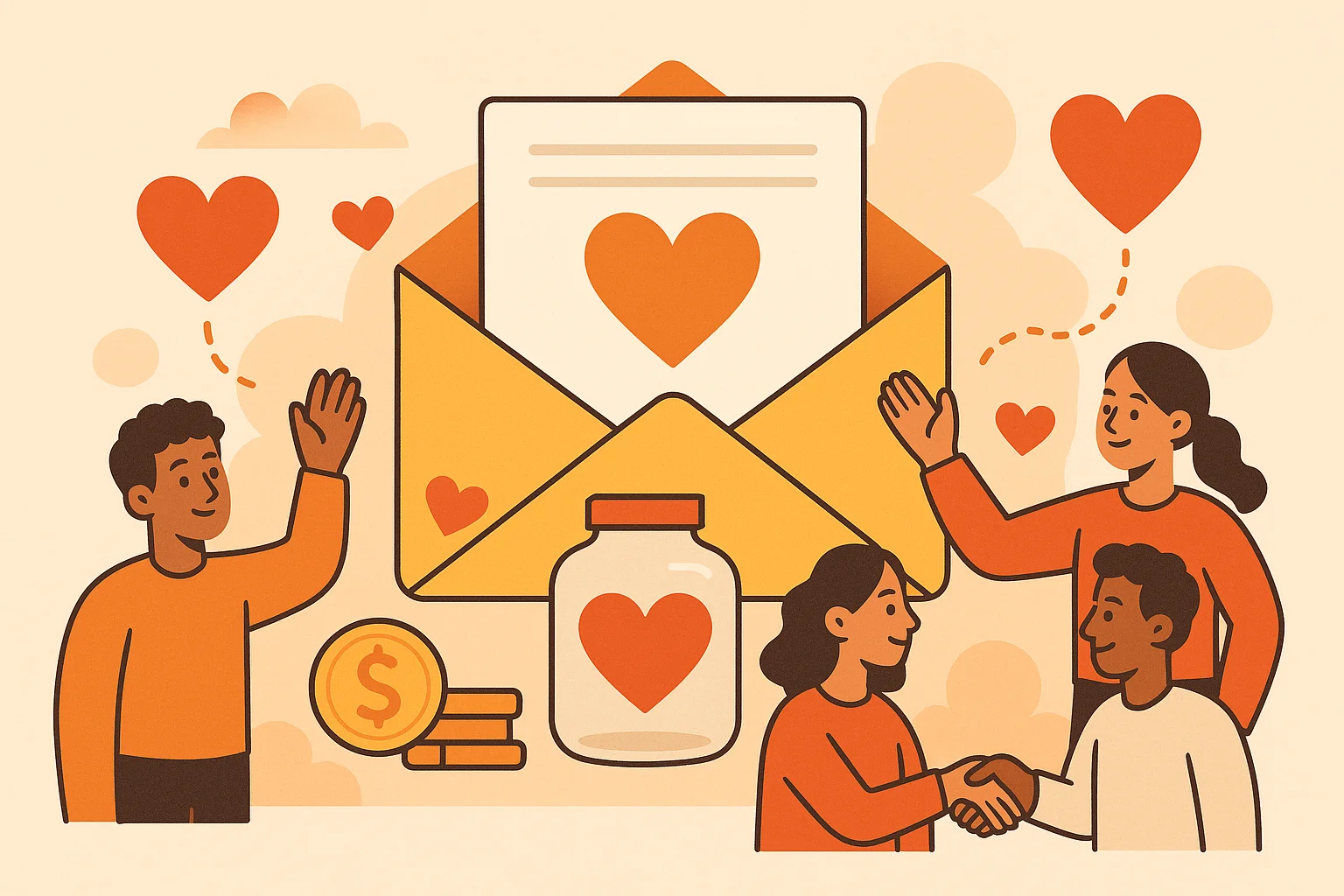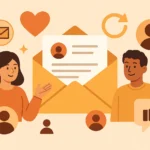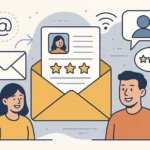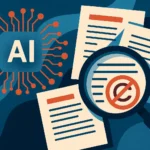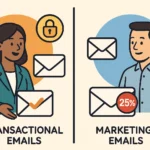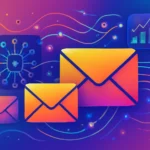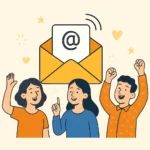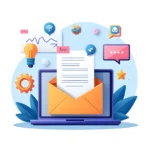Now Reading: How to Build Loyalty Through Email Marketing Brand Stories
-
01
How to Build Loyalty Through Email Marketing Brand Stories
How to Build Loyalty Through Email Marketing Brand Stories
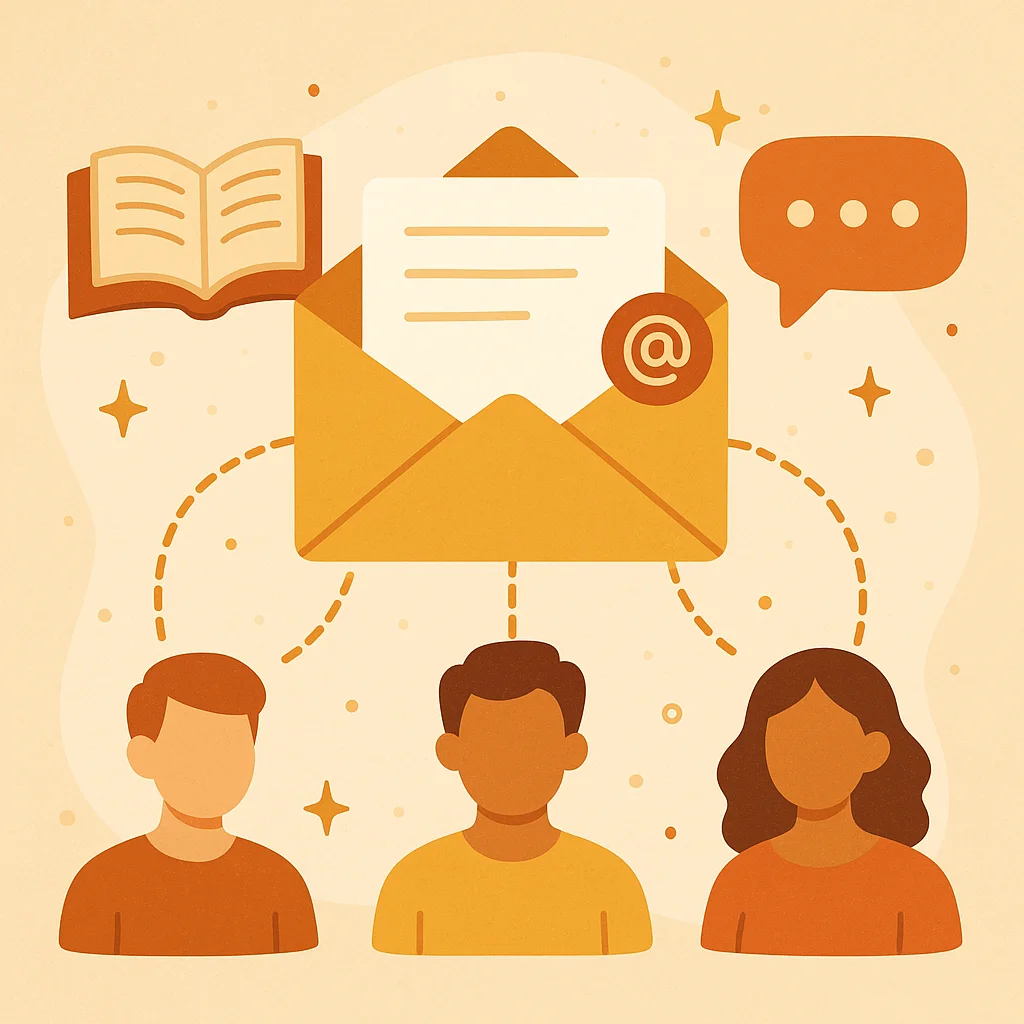
Your inbox is probably flooded with emails that sound like robots wrote them. “Buy now!” “Limited time offer!” “Don’t miss out!” But there’s a way to make your emails feel like conversations between friends instead of sales pitches. That’s where email marketing for brand storytelling comes in. When you weave stories into your campaigns, something magical happens – your subscribers actually want to read what you send them.
Key Takeaways
Email marketing for brand storytelling transforms generic promotional messages into compelling narratives that build emotional connections with your audience. Here’s what you need to know:
- Make your customer the hero – Position your audience as the protagonist of your story, not your product
- Use proven story frameworks like the Hero’s Journey or Problem-Solution-Result structure to create engaging narratives
- Focus on emotions over features – Stories that evoke feelings drive 30% higher conversion rates than fact-based emails
- Share authentic brand moments including origin stories, behind-the-scenes content, and customer success stories
- Craft compelling subject lines using storytelling keywords like “journey,” “story,” “behind the scenes,” and “transformation”
- Personalize your narratives by segmenting your audience and tailoring stories to specific customer interests and behaviors
- Include clear calls-to-action that naturally flow from your story’s resolution
Core Elements Of Effective Email Stories
Every great story shares three fundamental components that make email marketing for brand storytelling successful: characters, conflict, and resolution. Think of these as the building blocks of your narrative strategy.
Characters are the people in your story – this could be your customers, your team members, or even your brand itself. The most effective email stories position your customer as the hero of the narrative. They’re not just buying a product; they’re embarking on a journey toward a better version of themselves.
Conflict represents the challenge or problem your audience faces. This is where you demonstrate understanding of their pain points. Maybe they’re struggling with time management, feeling overwhelmed by choices, or searching for authentic connections in a digital world.
Resolution shows how your product or service helps overcome the conflict. But here’s the crucial part – the resolution should feel natural and earned, not forced. Your brand becomes the guide that helps the hero achieve their goal.
Choosing The Right Story Framework
Different story structures work better for different types of email campaigns. The StoryBrand Framework positions your customer as the hero while your brand serves as the guide. This approach works particularly well for nurture sequences and product launches.
The Problem-Agitation-Solution framework starts by identifying a problem your audience faces, explores the frustration it causes, then presents your solution. This structure excels in promotional emails where you need to create urgency.
For welcome sequences, the Hero’s Journey framework creates an epic narrative arc that takes new subscribers from discovery through transformation. This approach builds anticipation and keeps people engaged throughout your entire onboarding process.
Useful Articles:
Crafting Compelling Subject Lines With Story Elements
Your subject line is the first chapter of your story, and it needs to hook readers immediately. Email marketing for brand storytelling starts with subject lines that create curiosity and emotional connection.
Instead of “New Product Launch,” try “The unexpected inspiration behind our latest creation.” Rather than “Customer Testimonial,” use “How Sarah transformed her morning routine in 30 days.” These story-driven subject lines perform significantly better because they promise a narrative payoff.
Action-oriented words like “journey,” “transformation,” “discovery,” and “behind the scenes” signal that your email contains a story worth reading. Numbers also work well when they’re part of a narrative: “3 mistakes that led to our biggest breakthrough” or “The 7-minute conversation that changed everything.”
Welcome Email Storytelling Templates
Your welcome email sets the tone for your entire relationship with new subscribers. Here’s a template that uses brand storytelling in email marketing effectively:
Subject: The story behind [Brand Name] (and why you'll love being here)
Hi [Name],
Three years ago, I was sitting in my kitchen at 2 AM, frustrated and exhausted. I'd spent months searching for [solution to customer problem], but everything I found was either too complicated, too expensive, or just didn't work.
That's when I had the idea that would eventually become [Brand Name].
I realized I wasn't the only one struggling with this problem. Thousands of people were dealing with the same frustration, settling for solutions that didn't quite fit their needs.
So I decided to build something different. Something that actually worked the way real people needed it to work.
Today, [Brand Name] helps over [number] people [achieve specific outcome]. But more than that, we've built a community of [describe your audience] who support each other and celebrate wins together.
You're now part of that community, and I couldn't be more excited to have you here.
Over the next few days, I'll share more about our journey and introduce you to some of the amazing people in our community. But for now, I want to give you something special to get started:
[Call to action with valuable resource]
Welcome to the family,
[Your name]
P.S. Hit reply and tell me what brought you here – I read every email and love hearing your stories.This template works because it positions the founder as relatable, acknowledges the customer’s problem, and creates anticipation for future emails.
Product Launch Story Campaigns
When launching new products, email marketing for brand storytelling helps you build excitement and demonstrate value through narrative. Here’s a sequence that works:
Email 1: The Problem Discovery
Subject: Why I almost gave up on this project
Hi [Name],
Six months ago, I was ready to scrap our biggest project yet.
We'd been working on [product] for over a year, but something wasn't right. The early versions were good, but they weren't great. They solved the problem, but they didn't spark joy.
Then [team member] said something that changed everything: "What if we're thinking about this all wrong?"
That conversation led to a complete redesign and the breakthrough that became [product name].
Tomorrow, I'll tell you about the "aha moment" that made it all click.
Talk soon,
[Your name]Email 2: The Breakthrough Moment
Subject: The 3 AM breakthrough that changed everything
Hi [Name],
Picture this: It's 3 AM, I'm surrounded by coffee cups and crumpled papers, and I'm questioning every life choice that led me to this moment.
Then it hit me.
Instead of trying to build the perfect [product category], what if we built something that felt like [emotional outcome]?
That shift in thinking changed everything. Within weeks, we had a prototype that made our entire team smile every time they used it.
But the real test came when we showed it to [customer segment]. Their reaction was... well, you'll see in tomorrow's email.
[Your name]
P.S. We're announcing the launch date tomorrow. If you want first access, make sure you're watching your inbox.Email 3: The Launch
Subject: It's here (and people are already loving it)
Hi [Name],
"This is exactly what I've been looking for."
That's what [customer name] said when she tried [product] for the first time. And honestly, that reaction is why we do what we do.
After months of development, testing, and refinement, [product name] is finally ready.
But here's what makes it special: it's not just another [product category]. It's designed specifically for [target audience] who want [specific outcome] without [common frustration].
[Product details and benefits woven into story format]
Ready to try it yourself?
[Call to action]
[Your name]
P.S. For the next 48 hours, you'll get [special offer] because you've been part of this journey from the beginning.Useful Articles:
Customer Success Story Templates
Nothing sells like social proof wrapped in a compelling narrative. Email marketing for brand storytelling shines when you share authentic customer transformations.
Subject: How [Customer Name] [achieved specific result] in [timeframe]
Hi [Name],
When [Customer Name] first reached out to us, she was [describe initial situation/problem].
"I'd tried everything," she told me during our first conversation. "Nothing seemed to work for someone in my situation."
Sound familiar?
[Customer Name] decided to try [your solution] despite her skepticism. Here's what happened next:
[Week 1]: [Small win or initial progress]
[Week 4]: [Bigger improvement]
[Week 8]: [Major breakthrough]
Today, [Customer Name] [describe current situation/achievement].
"I never thought this would be possible for me," she said recently. "But [specific aspect of your solution] made all the difference."
If you're dealing with [similar problem], [Customer Name]'s approach might work for you too:
[Call to action to learn more or try solution]
[Your name]
P.S. [Customer Name] agreed to share her full story with our community. Reply if you'd like me to connect you two.Behind-The-Scenes Storytelling
People love getting a peek behind the curtain. These emails humanize your brand and build deeper connections with your audience.
Subject: What really happens at [Company Name] (spoiler: it's messier than you think)
Hi [Name],
You know those perfectly curated Instagram posts that make everything look effortless and amazing?
Yeah, that's not what our office looks like right now.
We're in the middle of [current project/challenge], and it's been... an adventure. Yesterday alone:
* [Team member] spilled coffee on three different prototypes
* We had a two-hour debate about whether [specific detail] was "too much" or "not enough"
* [Funny or relatable workplace moment]
But here's what I love about our team: even when things get chaotic, everyone stays focused on what matters most – creating something that actually helps you [achieve desired outcome].
Speaking of which, we're getting close to announcing [upcoming project/product]. The behind-the-scenes chaos is worth it when we see how it impacts people like you.
I'll keep you posted on our progress (coffee spills and all).
[Your name]
P.S. What's the messiest part of your [relevant area]? Hit reply – I love hearing your stories.Seasonal And Milestone Storytelling
Brand storytelling in email marketing works especially well when tied to meaningful moments, whether they’re personal milestones or seasonal events.
Subject: 5 years ago today, everything changed
Hi [Name],
Five years ago today, I sent my very first email to a list of 12 people.
I was terrified.
What if nobody opened it? What if they thought it was stupid? What if I had nothing valuable to say?
But I hit send anyway, because I believed that [your mission/message] mattered.
Today, this community has grown to over [number] incredible people like you. We've [list achievements/impact], and I've learned more from your responses and stories than I ever imagined possible.
None of this would exist without that first scary email to 12 people.
So if you're sitting on an idea, a dream, or a message that feels too scary to share – maybe this is your sign to hit send anyway.
The world needs what you have to offer.
To celebrate this milestone, I want to give back to the community that made it all possible:
[Special offer or valuable resource]
Thank you for being part of this journey.
[Your name]
P.S. What's one scary thing you've been putting off? Reply and tell me – sometimes we all need a little encouragement to take that first step.Useful Articles:
Segmentation Strategies For Story-Based Emails
Email marketing for brand storytelling becomes even more powerful when you tailor your narratives to specific audience segments. Different groups within your list will resonate with different types of stories.
New subscribers respond well to origin stories and brand mission narratives. They want to understand who you are and what you stand for before they invest emotionally in your brand.
Long-term subscribers prefer behind-the-scenes content and advanced customer success stories. They already know your basic story, so they crave deeper insights and more sophisticated narratives.
Customers love stories about product development, company milestones, and how other customers are using your solutions. These stories reinforce their purchase decision and encourage continued engagement.
Prospects who haven’t purchased need stories that address objections and demonstrate value. Case studies and transformation stories work particularly well for this segment.
Personalization Within Story Frameworks
The most effective email marketing for brand storytelling feels personal and relevant to each recipient. You can achieve this by incorporating personalization elements into your narrative structure.
Use behavioral data to customize story elements. If someone has been browsing your website’s pricing page, include stories about customers who were initially price-sensitive but found the investment worthwhile. If they’ve downloaded multiple resources, share stories about other engaged community members.
Geographic personalization adds authenticity to your stories. Reference local events, weather, or cultural moments that resonate with specific regions within your audience.
Purchase history enables sophisticated story personalization. Someone who bought your beginner product might enjoy stories about customers who’ve progressed to advanced solutions, while existing advanced customers might prefer stories about innovative use cases they hadn’t considered.
Email Automation Sequences With Narrative Arcs
Brand storytelling in email marketing works exceptionally well in automated sequences because you can craft complete narrative arcs that unfold over time. Each email becomes a chapter in a larger story.
Your welcome sequence might follow a customer’s journey from problem discovery through transformation. Email one introduces the problem, email two explores the struggle, email three presents the solution, and subsequent emails show the results and community.
Abandoned cart sequences can tell the story of other customers who hesitated but ultimately made the purchase and loved the results. This approach feels less pushy than traditional “you forgot something” emails.
Re-engagement campaigns work well with “what you’ve missed” storytelling, sharing highlights and developments that happened while the subscriber was inactive.
Creating Emotional Resonance Through Vulnerability
The most memorable email marketing for brand storytelling includes moments of vulnerability and authenticity. People connect with struggle, failure, and imperfection more than they connect with polished success stories.
Share the mistakes you’ve made and what you learned from them. Discuss the challenges your business faces and how you’re working to overcome them. Admit when you don’t have all the answers.
This vulnerability creates trust and makes your brand feel human. It also gives your audience permission to be imperfect themselves, which strengthens the emotional bond between you and your subscribers.
Incorporating Social Proof Into Story Narratives
Email marketing for brand storytelling becomes more credible when you weave social proof elements into your narratives naturally. Instead of simply stating statistics, embed them within story contexts.
Rather than saying “95% customer satisfaction rate,” tell the story of how you discovered that statistic during a customer feedback session and what it meant to your team. Instead of listing testimonials, share the story of how you met that customer and what their transformation looked like over time.
This approach makes your social proof feel organic and believable rather than manufactured for marketing purposes.
Building Community Through Shared Narratives
Brand storytelling in email marketing can create a sense of community among your subscribers by establishing shared narratives and common experiences. When you tell stories that your audience sees themselves in, you’re creating a collective identity.
Encourage subscribers to share their own stories and experiences. Feature customer stories regularly, not just as testimonials but as community highlights. Create recurring story themes that subscribers can participate in.
This community-building aspect of storytelling extends the impact of your emails beyond individual messages, creating an ongoing relationship that subscribers value and look forward to maintaining.
Email marketing for brand storytelling transforms ordinary promotional messages into compelling narratives that build lasting relationships with your audience. When you position your customers as heroes, share authentic experiences, and create emotional connections through story, your emails become something people actually want to receive. Start with one story-driven email this week, and watch how your audience responds differently to your authentic, narrative-driven approach.


